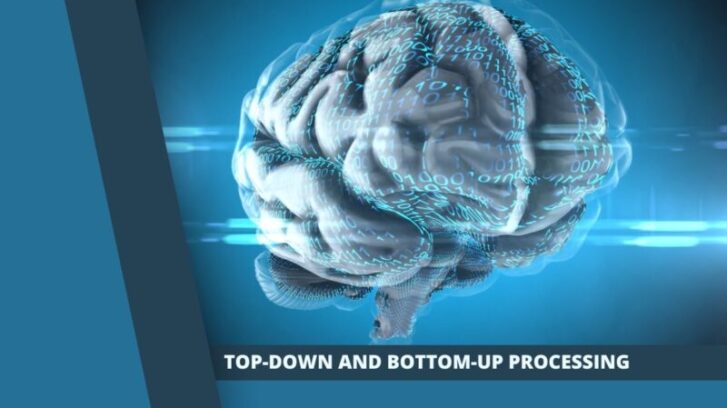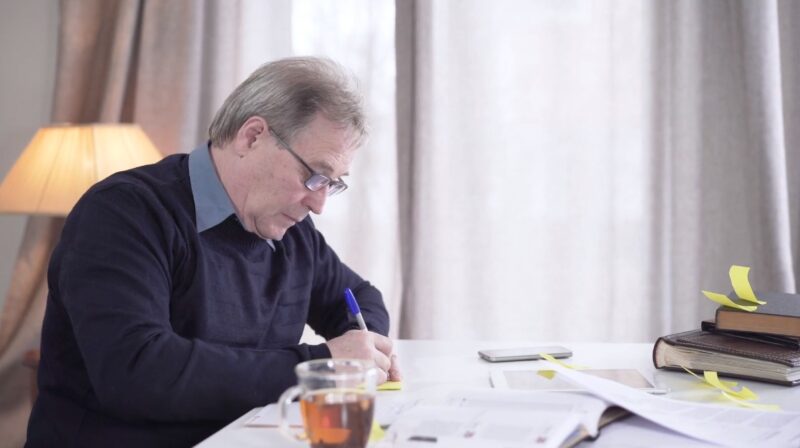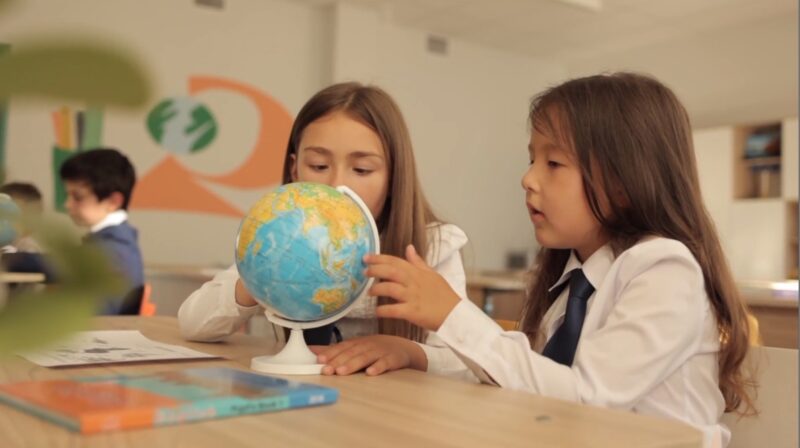Mental processes are fascinating and complex; the way we understand, interpret, and react to the world around us involves multiple systems working in harmony. Among these, two approaches dominate cognitive psychology and neuroscience – Top-Down Processing and Bottom-Up Processing.
In this blog post, we delve deep into these two intricate mechanisms, shedding light on their key differences, uses, and how they intertwine to form our perception of reality.
Cognitive Processing Explained
Before we dive into the specifics, let’s start with a basic understanding of cognitive processing. Cognitive processing is how our brain receives, understands, and responds to information from our environment. It influences every aspect of our lives – from recognizing a face to solving a mathematical problem.
There are two main types of cognitive processing – top-down and bottom-up. Both play a crucial role in how we interact with and interpret our world. They act as complementary forces, often working together, to help us make sense of the complex stimuli we encounter daily.
Bottom-Up Processing: Building from the Ground Up
Bottom-up processing is our brain’s method of analyzing raw sensory data starting from the simplest or lowest level of sensory input. It’s a data-driven process where our perception begins with the stimulus itself. Think of it as putting together a jigsaw puzzle without having seen the final picture.
You start by organizing pieces based on color or edge, gradually fitting them together until a coherent image emerges. This process is automatic, fast, and usually requires minimal cognitive effort.
Examples of Bottom-Up Processing
Recognizing Objects
When we see an object for the first time, we begin by noticing its basic features like shape, color, and texture. This sensory information is combined to help us identify the object.
Listening to Music
We first hear individual notes and rhythms, and then our brain pieces these components together to understand the melody or song. Bottom-up processing is the primary way we interact with our environment, but it doesn’t function alone. It’s typically complemented by top-down processing.
Top-Down Processing: The Bigger Picture
Unlike bottom-up processing, which starts with sensory input, top-down processing starts with a larger concept or idea. It’s driven by cognitive processes like memory and expectation and often involves interpreting information through our existing knowledge and expectations.
In the jigsaw puzzle analogy, top-down processing is like having the box’s cover image as a guide. You use this overarching image to determine where each piece belongs, using your prior knowledge and expectations to shape your perception.
Examples of Top-Down Processing
Reading
When we read, we don’t recognize each individual letter. Instead, we perceive whole words and sentences, influenced by our knowledge and understanding of language.
Optical Illusions
Our expectations can often lead us to perceive optical illusions in ways that contradict the raw sensory data. This way, top-down processing can sometimes override the data received from our senses, shaping our perception based on our expectations and previous experiences.
The Interplay of Top-Down and Bottom-Up Processing
Top-down and bottom-up processing don’t work in isolation. They interact in a dynamic, continuous loop. Our initial raw sensory input (bottom-up) can be influenced by our previous experiences and expectations (top-down) and vice versa.
Consider the Stroop Effect, a psychological phenomenon where you’re shown the names of colors printed in different color inks. When asked to name the color of the ink (not the word), the task becomes challenging because our top-down processing (reading the words) interferes with our bottom-up processing (identifying the color).
Role in Mental Health
Understanding top-down and bottom-up processing can provide valuable insights into various mental health conditions. Certain disorders may arise from an imbalance or disruption in these processing systems.
For instance, individuals with Post-Traumatic Stress Disorder (PTSD) may experience intrusive thoughts or flashbacks (an overactivation of top-down processing) due to traumatic experiences. On the other hand, conditions like Autism Spectrum Disorder may be associated with heightened bottom-up processing, leading to sensitivity to sensory stimuli.
Enhancing Cognitive Processing
Awareness of these processes can help improve our cognitive function. By understanding how we process information, we can develop strategies to enhance our cognitive skills.
For example, mindfulness exercises can enhance bottom-up processing by promoting a focus on present sensory input, while critical thinking exercises can improve top-down processing by encouraging analysis and interpretation based on prior knowledge.
Application in AI and Machine Learning
These cognitive processing theories have found applications beyond human cognition. They are influencing areas like artificial intelligence and machine learning. For instance, deep learning, a subset of machine learning, mirrors the human cognitive process by combining elements of both bottom-up and top-down processing.
It involves raw data input (bottom-up), processed through various layers of artificial neural networks, coupled with training algorithms that adjust to expected outcomes (top-down).
The Influence on Creativity
Both top-down and bottom-up processing can contribute to our creative thought process. Bottom-up processing can spark creativity by allowing us to perceive things in a new light, free from pre-existing ideas or biases. It’s the kind of thinking that can lead to an “aha!” moment when you suddenly see a solution that wasn’t apparent before.
Top-down processing, on the other hand, enables us to apply our existing knowledge and experiences to problem-solving, aiding us in generating creative ideas based on what we already know. This process can often guide us when we’re navigating complex tasks or brainstorming novel concepts.
Cognitive Biases and Processing
Our cognitive processes are not infallible, and both types of processing are susceptible to cognitive biases – systematic errors in thinking that can influence our decisions and judgments. For example, confirmation bias, a tendency to search for, interpret, favor, and recall information that confirms our pre-existing beliefs, is a form of top-down processing bias.
Conversely, a perceptual bias, such as ‘change blindness’ where we fail to notice visual changes in our environment, is an example of a bias in bottom-up processing. Understanding these biases can help us make more informed and objective decisions by being aware of potential pitfalls in our cognition.
Top-Down and Bottom-Up Processing in Education
Recognizing the role of top-down and bottom-up processing can aid in education and learning strategies. For instance, encouraging students to actively engage with new material, rather than passively receiving it, can help them better understand and retain information, a method supported by top-down processing.
On the other hand, presenting information in a structured, step-by-step manner, gradually building from foundational concepts to more complex ideas, aligns with bottom-up processing. This can be particularly effective in subjects such as mathematics and sciences.
Perception and Sensory Processing Disorders
Understanding the balance and interplay between top-down and bottom-up processing can offer insights into sensory processing disorders. These conditions occur when the brain has difficulty processing information from the senses, which can lead to problems with motor skills, learning, and everyday tasks.
For example, people with dyslexia may have a disrupted balance between top-down and bottom-up processing. This can make it challenging to read and write as the brain struggles to piece together individual sounds into words (bottom-up) and predict the sequence of sounds based on context (top-down).
Final Words
Top-down and bottom-up processing are fundamental to how we perceive and interact with our world. They combine our raw sensory data with our pre-existing knowledge, ensuring that our perceptions are both accurate and adaptable.
Understanding these processes can not only help us enhance our cognitive abilities but can also provide insights into various mental health conditions. As we continue to learn more about these fascinating cognitive processes, we will undoubtedly uncover new ways to improve our mental health, our understanding of the human mind, and our artificial intelligence technologies.
Related Posts:
- Breaking Down Mental Health Barriers: The Federal Response
- What’s the Difference Between a Psychologist and a…
- Difference Between Saccharin and Sucralose: An…
- What is the Difference Between a DNP and a DNAP - 2024 Guide
- What's The Difference Between Omega 3 vs Omega 6?…
- What Are The Benefits Of Taking Omega-3 Fatty Acids?…



















